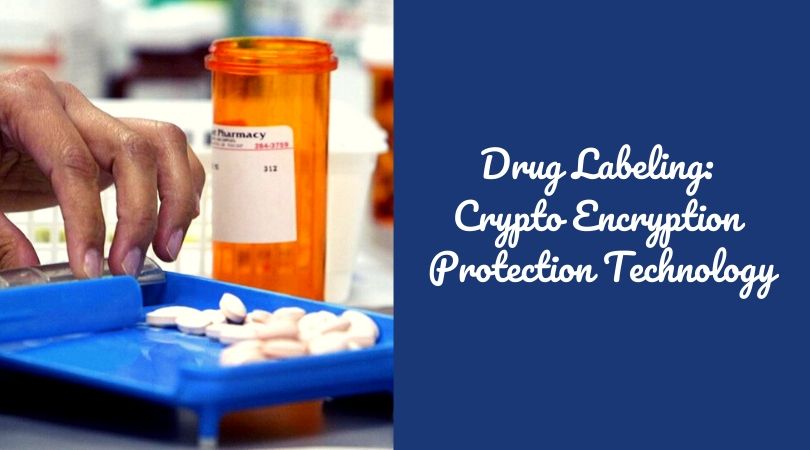
It turned out that marking drugs in their current form cannot fully guarantee the protection of consumers from counterfeiting – it is likely that digital codes will have to be provided with additional cryptographic protection. Legislators potentially like this initiative, and business treats the proposed innovation with caution.
One of the acute problems is drug counterfeiting. The most effective mechanism for combating low-quality products is the use of a drug movement monitoring system. At the same time, a modification of the system is being discussed – the supply of an additional cryptographic method of protection.
To date, the experiment has allowed to identify a huge amount of fake drugs.
Over 7000 market participants have voluntarily joined the pilot project, marking about 11 million packages of drugs. There are no problems in the implementation of the pilot.
Now, a digital code without cryptography is used to label drugs, it is generated by the manufacturer, and not by a single system. Such a format for protecting labeling was considered insufficient, so the labeling of drugs is brought into line with the adopted government order. To prevent code duplicating, cryptographic protection is introduced. This in no way complicates the processes that exist.
Cryptography to protect the marking code is introduced in accordance with the developed model of possible threats and information security requirements approved by regulators and relevant departments. The operator is ready to provide the required level of cryptographic protection. The current model of marking, approved by the state, implies centralized code generation with cryptography.
Protected codes cannot be stolen from the system, corrected or predicted, which makes it impossible to fake them. Thanks to domestic cryptography, the completeness of reporting on the issuance / disposal of codes is also achieved, that is, we are talking about functionality that is close to blockchain technology. Cryptography allows checking the legality of goods even offline.
Now the guarantee of authenticity is the fact that a specific package with registered SGTIN is located at a specific participant in the drug turnover, at a specific place that is reflected in the state system. The proposed “crypto tail” alone does not protect against copying, and the need for crypto protection for pharmacies without the Internet is doubtful. Without online cash registers, pharmacies will not be able to sell drugs.
A source close to the project reported that the following scenario could be discussed – an unscrupulous manufacturer has the ability to produce counterfeit medicines and not transfer data to the labeling system. Cryptographic protection will not allow this. The Data Matrix code with cryptography provides a level of protection higher than secure printing, for example, used in the marking of alcohol, but it allows customers to verify the authenticity of products several times more efficiently. Moreover, the technology is cheaper and more technologically advanced than the options used today. For example, manufacturers do not have to order codes in advance, expect delivery of printed stamps, etc. Currently, the possibility of rejecting special excise stamps for tobacco products and their replacement with the Data Matrix digital code is already being considered.
When implementing the system in its current form, labeling affects the price of the drug within a few cents. Crypto protection will not give a big rise in price.
